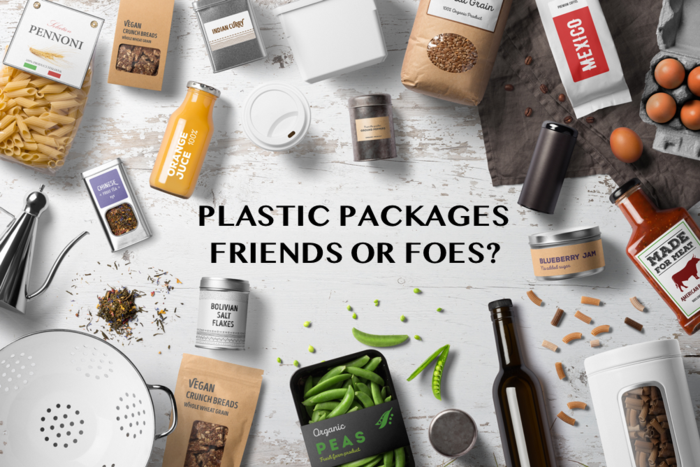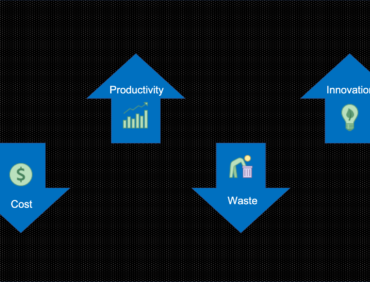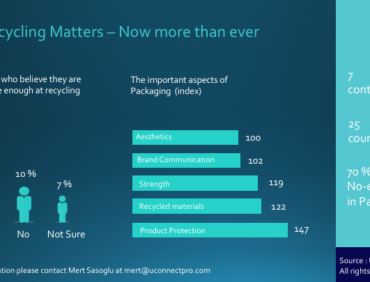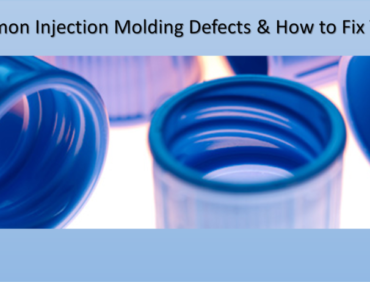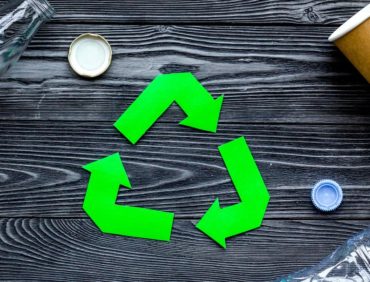Plastic packages are all around us, from water bottles to cleaning products, from cosmetic to hygiene products and many more. In today’s world, it is impossible to avoid the usage of plastics, but are those plastics dangerous to our health and planet? The answer is simple: If you are a responsible user, you can eliminate most of the major health risks associated with plastics. Today, I will focus on the plastic packages used in food and beverages, because it is the most critical application among all others with regard to our health. Having worked with different types of packages more than a decade, I have observed numerous misusages of plastics and, therefore, thought this article could help many of you in creating smart usage habits.
There are 7 worldwide recognized plastic types, namely 1) Polyethylene Terephthalate, PET, 2) High Density Polyethylene, HDPE, 3) Polyvinyl Chloride, PVC, 4) Low Density Polyethylene, LDPE, 5) Polypropylene, PP, 6) Polystyrene, PS and 7) Others.
You can easily identify the plastic type that is used in packaging by simply looking underneath the package and you will see a globally recognized associated symbol. I firmly believe that a person should fully understand how each of them should be used and make educated decisions while using each of them, not only in terms of health, but also of recyclability.
Honestly speaking, I would never call any of those plastics is 100% safe, unless fully proven to be so in the future. However, there has already been a lot of supportive evidence about a lot of them being of relatively safer or of lower risk if used properly. Those risks can be easily minimized with some easy-to-apply and careful considerations.
PET is mainly used for packaging of disposable beverages such as water, juice, carbonated drinks and food, such as ketchup, dressings and even mouthwash bottles. I have witnessed countless cases where people re-use those bottles, which is a big NO. It is very important to note that PET bottles should be intended for single time use, since the porous structure of PET causes bacteria to grow on the package and may often be linked to several bacteria related illnesses. Secondly, PET bottles should never be used after prolonged storage at high temperatures above 55-60C (It is easily observed inside the cars at summer time) and after being subjected to irradiation. The reason is that the toxic materials such as antimony, existing in the PET packages, can leach into the product at much higher amounts, and then to the liquid, which may create short or long-term health issues such as diarrhea, vomiting or higher blood cholesterol, based on various research studies. I would call it medium risk, as it needs very careful usage habits.
HDPE is used commonly for milk and juice bottles. Although it is much safer than PET, I would, again, recommend not using it at elevated temperatures and at increased UV conditions, which may also leach some materials into your product. I would call this relatively low risk.
PVC is used mostly in food wraps, oil packages and pharmaceutical blisters. This has high likelihood of releasing significant number of toxic products, such as phthalates, into the products and to the environment. I would, therefore, avoid this material as much as possible. The most important hazard of PVC, though, is to our planet, because it can neither be recycled at industrial scale, nor incinerated, since it releases highly toxic gases during this process. So, it is high risk.
LDPE is often used in shopping bags, pouches, milk and juice carton bags. Most of the flexible bags are made of LDPE. Studies show it can leach endocrine disruptor when exposed to UV, which in turn may cause some minor health issues. They are usually reusable, but not recyclable with most of the recycling programs. That is why I highly recommend reusing your shopping bags. Otherwise they will very likely end up contaminating our beautiful planet. In summary, LDPE is considered low risk.
PP has wide usage in yoghurt cups, microwave safe containers, bottle caps and in medicine containers. One of the most advantageous properties is its high heat resistance, and that is why most of the microwaveable products have PP packages (Regardless, I would not microwave any plastics, but use glass instead). Similar to HDPE and LDPE, I would also call it a low risk plastic. The major concern here is linked to sustainability, because due to its common packaging usage practices, it is usually mixed with other resins, making it hard to recycle. Otherwise it is fully recyclable.
PS has wide usage in disposable cups and bowls, take-out food packaging and egg containers. This material is also one of the packaging materials we have to be careful about, due to its tendency to break up fast and its intolerance to heat. We should never ever heat a PS package since it leaches when heated. Another concern is the difficulty in recycling this material. Therefore, I would call it a medium risk and try to avoid PS as much as I could in terms of health and of consequences to the planet.
Others As the name suggests it consists of any plastic material other than those above. An example would be 5 Gallon / 10 Liter drinking water containers. It is definitely at your own risk to use, since the content of these packages are not well defined. It may be a very low risk packaging or a container with BPA, which is highly toxic and may trigger tumorigenesis based on dozens of studies. Nobody knows.
In short, I would not recommend you stay away totally from plastics, since they have been a part of our lives within the last 50 years, but advise to use them smartly and responsibly, and to avoid them as much as possible, especially for #1,3,6,7. You will then eliminate or reduce the major hazards of plastics to our health and environment.

